New Report of Baby Wearing Benefits Leave a comment
More emphasis on babywearing may be coming because of a new study showing improved breastfeeding percentages [c1] at six months of age as a result of ergonomic babywearing. The International Hip Dysplasia encourages “Hip-Healthy” babywearing and acknowledges infant carriers that are “Hip-Healthy” because ergonomic carrying may also benefit hips [c2] that are at risk for dysplasia.
According to authors of the recent study, “Suboptimal breastfeeding rates in the United States are associated with an estimated $3 billion in medical costs and $14,2 billion in costs related to premature infant deaths.” These are staggering statistics, especially considering that babywearing may help decrease this burden in the USA and globally. Breastfeeding has numerous benefits for infant development, but rates of breastfeeding in the USA and elsewhere fall below medical recommendations.
The authors of this study randomized 50 infants into one group that received an ergonomic infant carrier during a prenatal visit and another group of 50 infants that received the same carrier when the infant was six months old. The infants who used the carrier from birth has significantly higher rates of breastfeeding than the infants who received their carrier at six months of age. These higher rates are closer to the recommendations for longer duration of breastfeeding recommended by the American Academy of Pediatrics.
The benefits of ergonomic babywearing for hip development are not as clearly established although there is considerable biomechanical and circumstantial evidence that infant hips can benefit from optimum positioning during babywearing. The International Hip Dysplasia Institute is actively supporting research that increases our understanding of babywearing as a potential method to decrease the burden of hip dysplasia globally.
As more benefits of babywearing are known, this simple intervention may become standard parenting advice to improve infant and parent well-being, decrease infant crying, promote breastfeeding, and decrease the risk of hip dysplasia and plagiocephaly (asymmetrical skull development).
[c2][https://www.jposna.org/ojs/index.php/jposna/article/view/131]

